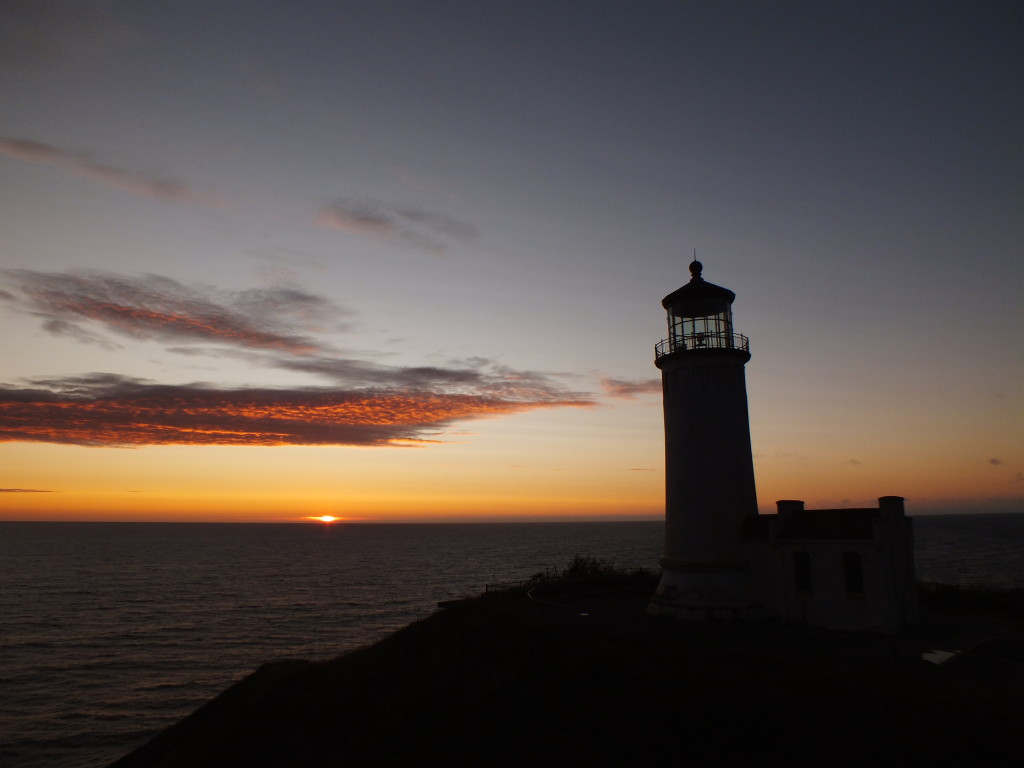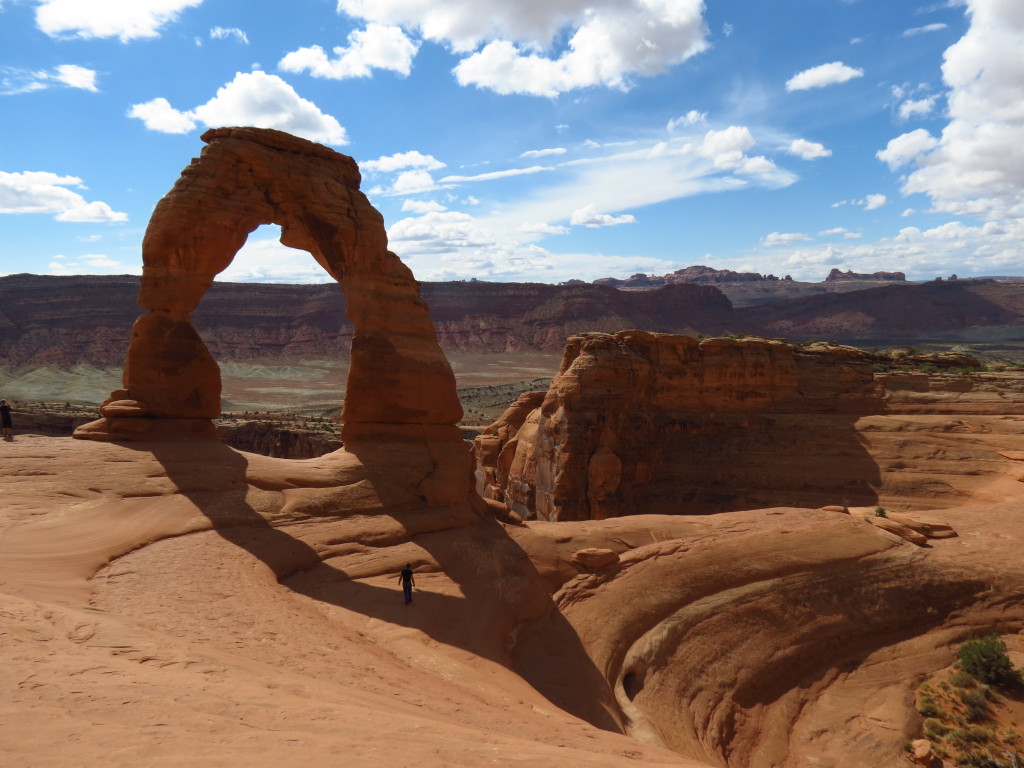[This post was written for the September 2015 Carnival of Aces topic of “Living Asexuality”.]
I am not good with people.
Let me rephrase that:
I am absolutely terrible with people.
I can’t approach most people to start a conversation. I can’t carry on a conversation that someone else starts unless it has a purpose or is on a small number of topics I’m comfortable with.
I avoid social events, parties, that sort of thing.
If you send me an email, I have to prepare myself before I can even open it, let alone respond.
Telephones fill me with mortal dread.
I got a perfect score on the “Introvert” portion of the MTBI.
If you need to find me in a crowd, I’m either hiding behind a camera, or I’m the one sitting in the corner, staying out of the way.
I’ve lived in my house for five years. In that time, I’ve only had five people in my house that I’m not related to. Three of them were the movers. One of them was the cable guy.
I am not good with people.
I am also asexual.
Those two facts are entirely unrelated.
I am not asexual because of whatever social anxiety I may have, and I don’t have whatever brand of social anxiety this is because I’m asexual.
Right about now, there’s probably someone screaming “But how can you know you’re asexual, if you’ve never bothered trying? Maybe the anxiety is holding you back!”
Well, no. No, it’s not.
If that were the case, the attraction would be there and would be fighting the anxiety. There’s never been a situation where I’ve thought, “I’d like to get with that girl, but I’m too afraid to talk to her.” I’ve have heard that sexual attraction is rather compelling. I have heard that it is often strong enough to help overcome social anxiety in some situations. And social anxiety wouldn’t get in the way of fantasies or thinking celebrities are hot or any number of other expressions of sexual attraction that don’t involve social interaction. But none of that happens with me. There’s nothing there. No conflict. No feeling like some part of me is being kept down by another part of me.
Beyond all that, there are people who have pushed themselves into my comfort bubble and expressed interest in me. In those cases, the anxiety part of the equation is canceled out. If attraction were there, it would be free to come of the surface. But it doesn’t. I even had sex with one of these people, and still there was no attraction present.
Don’t let anyone tell you that social anxiety invalidates asexuality.
Now, this brings us to an interesting collision in my life. You see, I’m asexual and have social anxiety. I’m also a fairly prominent activist. I run websites, I wrote a book, all that stuff. It’s sort of my mission to tell people about asexuality.
Except… I can’t actually talk to people about it.
I wrote about this to some extent over in the post (in)Visibility Activist, but it goes deeper than what I talked about there.ometimes I get interview requests, but I end up putting them off for so long that it’s not relevant. I have ideas for collaborative projects, but I have no idea how to bring the collaborators together. I am unable to make contacts or reach out to people. People who reach out to me often get silence in return.
I was invited to go to the North American Asexuality Conference earlier this year. I wanted to go, but everything inside was fighting it. Instead of finding ways to make it happen, I tried to find every excuse to get out of it. It costs too much. I don’t have a passport. And on and on. It took the demand of a dying friend to force me to go. And even so, I had a full-on paralyzing freakout about the whole thing the day before the flight.
But I went. And it was amazing.
Granted, I spent a good chunk of the time between sessions sitting in the corner, staying out of the way. I skipped all the post-conference dinners and probably unintentionally offended some people with my inability to interact (If one of those people was you, I’m sorry!). Even so, it was well worth going. I learned so much and shared so much. I even managed to sit on a panel in one of the sessions! (For all the social anxiety I do have, somehow I managed to avoid stage fright. Go figure.)
So here’s the thing I need to keep telling myself (and that you might need to hear, too…): Just like there’s no One Right Way™ to be asexual, there’s no One Right Way™ to be an asexuality activist. I’m not the hand-shaker. I’m not the friend-maker. I’m not the face on TV. And I don’t have to be.
After all, someone needs to sit in the corner, stay out of the way, and work on the website…



